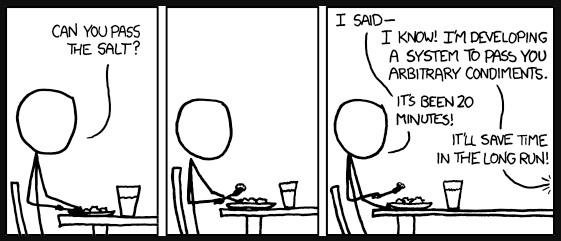In the fast-paced world of fintech, where time-to-market often dictates survival, building a Minimum Viable Product (MVP) quickly and efficiently is crucial. Yet, many startups fall into a common trap: choosing the “coolest” or most hyped tech stack rather than the right one. This is a cautionary tale of how one fintech startup delayed their MVP launch by six months, burning cash and momentum, all due to poor decisions around their technology stack.
The Startup: Ambitious Vision, Wrong Start
A well-funded fintech startup set out to build a lending platform aimed at simplifying personal loan approvals using alternate credit scoring models. The idea was solid, the funding was in place, and they were racing to beat competitors to market.
But within weeks of development, cracks started to appear.
Mistake #1: Over-Engineering from Day One
Instead of starting lean, the CTO opted for a microservices architecture using Kubernetes, gRPC, event-driven systems, and a polyglot persistence approach (MongoDB + PostgreSQL + Redis + Elasticsearch). This architecture might have made sense at scale, but for an MVP, it was massively over-engineered.
Why it failed:
- Developers spent weeks setting up infrastructure instead of writing business logic.
- Debugging early bugs became a nightmare due to distributed logging and service-to-service dependencies.
- Deployment pipelines broke often due to complex CI/CD setups.
Lesson:
An MVP doesn’t need military-grade scalability. Build for validation, not perfection.
Mistake #2: Team-Stack Mismatch
The startup hired developers experienced in Python and Node.js. However, the chosen backend was built in Go and Rust for “performance reasons,” while the frontend was React + Redux + TypeScript with server-side rendering.
Why it failed:
- Developers were learning on the job, reducing velocity and increasing bugs.
- Hiring for Rust and Go expertise turned into a months-long process.
- Team motivation dipped as the codebase became an unapproachable beast.
Lesson:
Choose a stack that your team can excel with not one that flatters your ego or resume.
Mistake #3: Complexity Over Clarity
Even simple user flows like loan application or credit score retrieval required interaction between 5–6 microservices, some of which needed Kafka message queues to function. The system looked impressive in diagrams but was painful in execution.
Why it failed:
- Bug tracing took days due to the number of components involved.
- Minor changes required code alterations in multiple services.
- Testing environments were hard to replicate locally.
Lesson:
Keep the architecture simple until complexity is absolutely necessary.
The Tipping Point
After six months of missed deadlines, investor pressure, and employee burnout, the startup brought in an external consultant. The advice was straightforward: Scrap the current codebase and rebuild the MVP in a monolith using Django and PostgreSQL.
Within eight weeks, a working MVP was live. The users didn’t care that it wasn’t built on Rust or deployed on Kubernetes, they cared that it worked.
Final Thoughts
Technology is a tool, not a trophy. Founders and CTOs must resist the temptation to overbuild or over-engineer, especially at the MVP stage. The goal is speed, learning, and market validation—not architectural elegance.
Key Takeaways:
- Build with what’s familiar. Stack comfort > Stack coolness.
- Validate before you scale. Avoid premature optimization.
- Align team skills with tech. The right stack is one your team can ship with confidently.
- Simple scales better than complex. Especially when time and clarity matter most.
In fintech, the cost of delay isn’t just monetary, it’s market share lost, momentum squandered, and sometimes, investor patience exhausted.
Don’t let the wrong tech stack become your startup’s silent killer. Start lean. Build smart. Validate fast.




